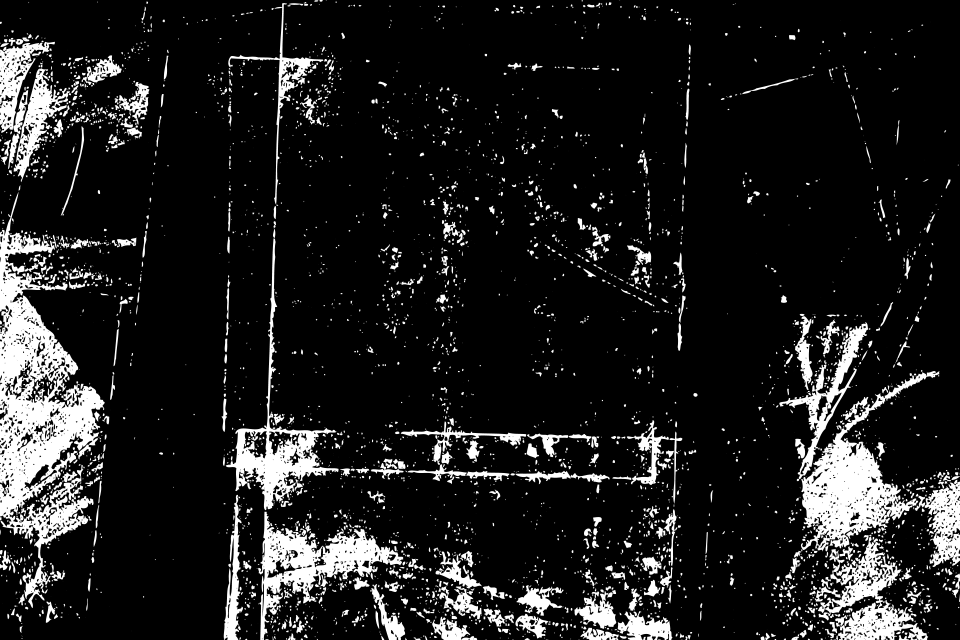The misreading of one of the greatest protest songs ever recorded has always struck me as odd. Isn’t it obvious what “Born in the U.S.A.” is about?
Growing up on the great plains, basketball was my game of choice. I’d enter 3-on-3 street ball tournaments in the summer with a couple friends and we’d hit the pavement. A handful of games over a weekend was always a good time.
Aside from the games, it was also fun mingling about. Walking around, looking for girls, being a little rowdy, sometimes acting a fool. In the mix of all this were the tents. Places covered from the sun where sponsors set up to sell you something.
Inevitably, there was an Army tent. Ready to convince you to join. Sign up, be somebody, be an army of one. And always blasting out of the tent speakers on regular rotation was “Born in the U.S.A.” Always, without a hint of irony. The slick recruiters obviously never stopped to listen to the lyrics.
I suppose it didn’t matter. That chorus was all they ever needed. And whether the Viet Cong, Al-Qaeda, or the Taliban, they’re still there while we’re all gone, also of no concern to the recruiters. They just wanted our signatures.





